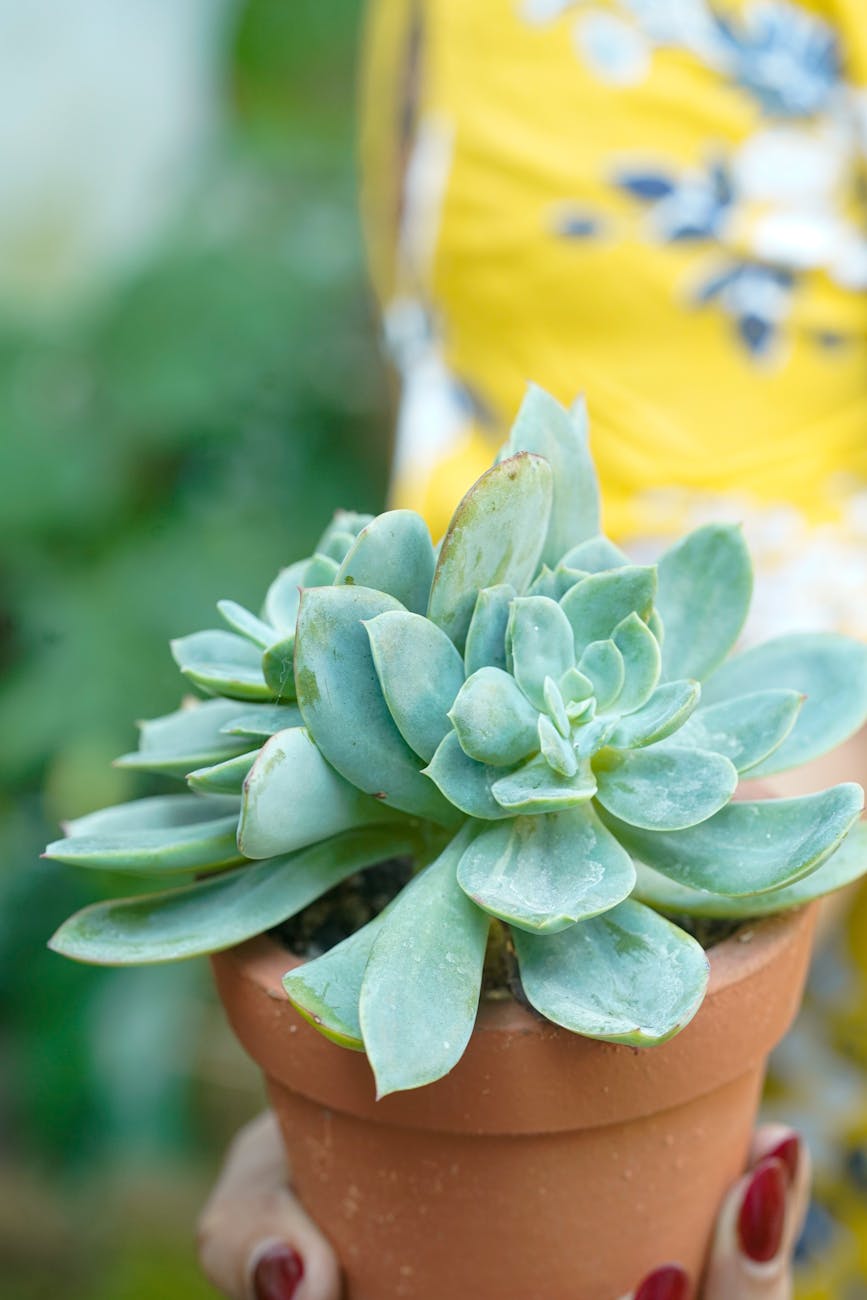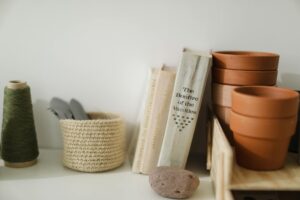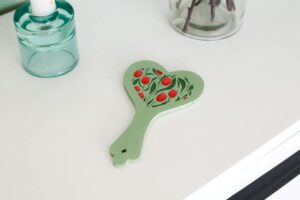Low-Maintenance Indoor Plants and Simple Care Routines for Busy Beginners

Introduction
Bringing plants into your home can brighten a space and improve air quality, but busy beginners need options that won’t demand constant attention. This article covers low-maintenance indoor plants and simple care routines tailored for people with limited time or gardening experience. You will learn which species are most forgiving, how to read basic light and moisture cues, and how to set a minimal but effective care schedule. Practical tips on pots, soil, and tools will help you avoid common mistakes that lead to overcare. Read on for an approachable plan that helps your plants thrive with only a few focused actions each week and month.
Why low-maintenance plants suit busy beginners
Low-maintenance plants are resilient, tolerate irregular watering, and survive a range of light conditions. For beginners, the main advantages are:
- Forgiveness: They recover from common errors like missed waterings or uneven light.
- Predictability: Simple growth habits make it easier to spot problems early.
- Low time investment: Routine checks and occasional feedings are usually enough.
Choosing plants with these traits reduces the anxiety of ownership and helps you build confidence. The next section lists specific species and how to care for each in straightforward terms.
Top low-maintenance indoor plants and how to care for them
Below is a quick reference table for beginner-friendly plants. Use it to match plants to your home’s light and your available time.
| Plant | Light | Watering frequency | Difficulty | Notes |
|---|---|---|---|---|
| Snake plant (Sansevieria) | Low to bright indirect | Every 3-4 weeks | Easy | Tolerates neglect; avoid overwatering |
| ZZ plant (Zamioculcas) | Low to medium | Every 2-4 weeks | Very easy | Stores water in stems; ideal for erratic schedules |
| Pothos (Epipremnum) | Low to bright indirect | Every 1-2 weeks | Easy | Fast grower; trim to control size |
| Spider plant (Chlorophytum) | Medium to bright indirect | Every 1-2 weeks | Easy | Prefers occasional humidity; tolerant of occasional neglect |
| Peace lily (Spathiphyllum) | Low to medium | Every 7-10 days | Easy to moderate | Wilts visibly when thirsty but recovers quickly |
| Succulents (e.g., Echeveria, Haworthia) | Bright direct to bright indirect | Every 2-4 weeks | Easy | Need excellent drainage and strong light |
Short care notes:
- Snake and ZZ are best if you truly forget watering sometimes.
- Pothos and spider plants are great for hanging or shelves and tolerate low light but look livelier with brighter indirect light.
- Peace lilies are good if you like visible cues – they droop when thirsty.
- Succulents demand bright light and dry soil between waterings.
Simple care routines that actually work
Consistency matters more than frequency. Establish a few short habits you can stick with.
- Weekly checklist (10 minutes):
- Visual inspection for pests, brown tips, or drooping.
- Finger test – poke soil 2-3 cm deep; if dry, water according to plant type.
- Rotate pots a quarter turn to encourage even growth.
- Monthly tasks:
- Feed with a balanced houseplant fertilizer at half strength during growing season.
- Wipe dust off leaves with a damp cloth to improve photosynthesis.
- Quarterly to annual tasks:
- Repot fast growers every 12-24 months into a pot only one size larger.
- Check drainage holes and refresh top 2-3 cm of soil if compacted.
Watering tips:
- Use the soak and dry method for most plants – water thoroughly until it drains, then let soil dry to the appropriate depth before watering again.
- Avoid frequent light sprinklings that keep soil constantly damp – this encourages root rot.
- For peace lilies and similar plants, learn their wilting schedule; they bounce back after a drink.
Placement, containers and simple tools for minimal fuss
Right placement and the right container reduce maintenance drastically.
- Match light to plant needs: Put succulents and cacti in the sunniest spot; place pothos, ZZ, and snake plants in corners with indirect or low light.
- Choose pots with drainage: A pot with a hole and a saucer prevents overwatering. Consider self-watering pots for travel periods.
- Soil and amendments: Use a well-draining potting mix; add perlite for succulents.
- Basic tool kit: Small watering can with a narrow spout, pruning shears, moisture meter (optional), and a spray bottle for humidity-sensitive plants.
- Propagation for backup: Keep a cutting or two in water or a small pot. It’s an easy way to replace a lost plant and expand your collection.
By combining sensible placement with a minimal set of tools and the routines above, your plants will need less active babysitting and still look healthy.
Conclusion
Low-maintenance indoor plants are an excellent choice for busy beginners because they tolerate irregular care and offer clear, simple cues for action. Start with forgiving species like snake plant, ZZ plant, pothos, spider plant, peace lily, and succulents. Use the weekly, monthly, and annual routines described here to streamline care: inspect weekly, fertilize monthly during growth, and repot as needed. Choose pots with drainage, match plants to light levels, and keep a short toolkit for watering and pruning. With these habits you can enjoy the benefits of indoor greenery without a big time commitment. Consistency, not fussiness, is the key to long-term success.
Image by: Atul Mohan
https://www.pexels.com/@atulm0han




